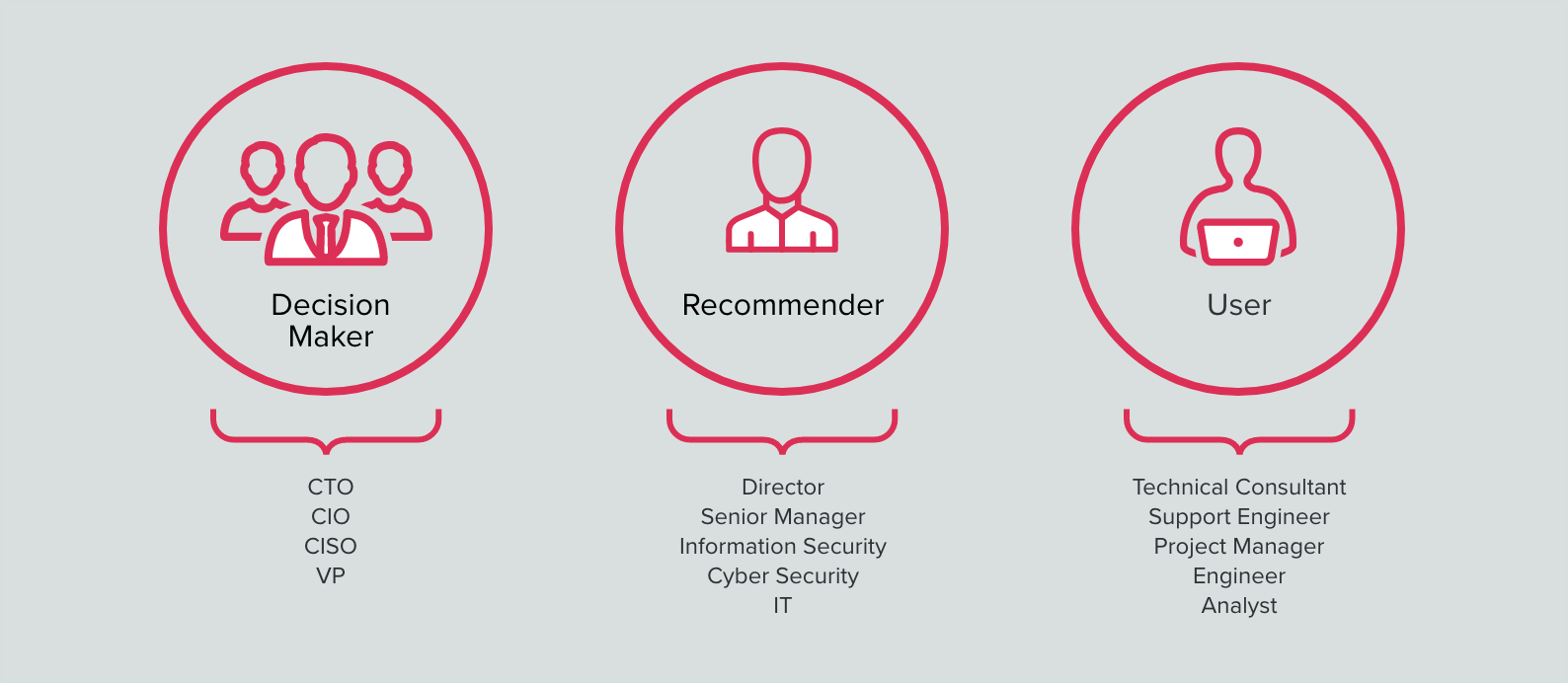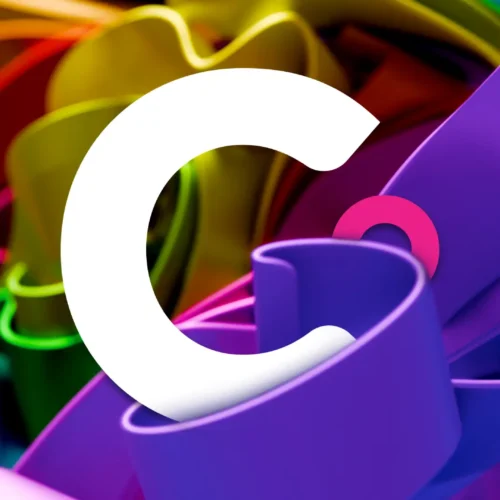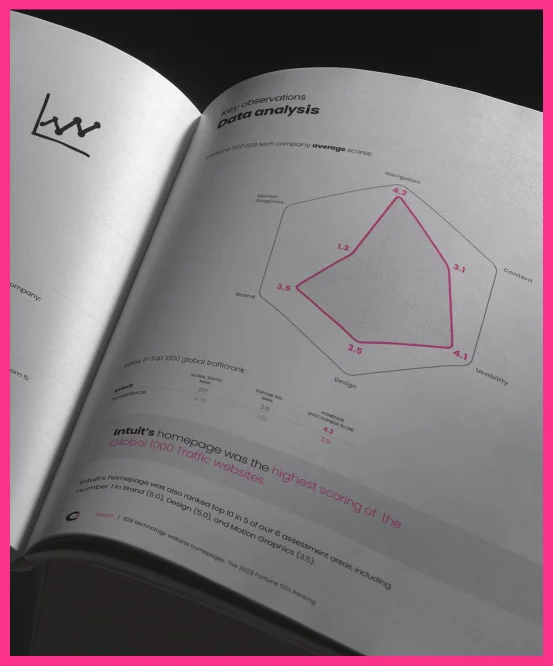The marketing task of attracting a customer base with multiple audiences who have seemingly competing priorities and divergent pain points can be daunting to say the least.
For marketing leaders navigating a website design, there’s no shortage of factors to consider. First, there are the basic goals all B2B and B2C websites share: establishing clear information architecture, featuring meaningful content (including social media), and putting high-priority information front and center. Then, factoring in the higher price points and longer sales cycles for B2B tech purchases, things get really interesting.
The task of attracting multiple customer personas with seemingly competing priorities can be daunting to say the least. You set out to create buyer personas for each of your ideal customer categories, and before you know it you have a list a mile long of all the people involved in the purchase decision. Suddenly, there’s no clear pathway to identifying primary categories for your target audience. The list of pain points can quickly start feeling like a maze or a riddle with no resolution.
But it doesn’t have to be so complicated. The use of customer personas in website creation has been around for a long time, and it is a valuable tool that helps B2B companies connect marketing campaigns quicker and more effectively with target customers. But there’s one major element that must be in place before the process of buyer persona development can begin.
Need Help With Your Buyer Personas?
Fill out the information below and we will contact you with your next steps
Position Yourself First, Then Position Your Content Marketing
Every major website project should start by establishing a strong position in the marketplace. This is a vital step in identifying and understanding your ideal customer and target audience since personas are only as strong as the foundation on which they are built. After all, a sales team will have a hard time communicating a brand story to target customers if they are not clear on what exactly that story is. Answering these simple questions will set the tone for creating the set of customer personas your sales team can rely on throughout the buyer’s journey: Why should customers buy your product or service? How are you different from the competition? And who is your product for?
With those critical questions answered, it’s time to begin examining your persona types and their complex, overlapping roles.
The 3 B2B Tech Customer Personas
Naturally, when it comes to B2B tech purchases on the scale of thousands or even millions of dollars, it’s not as simple as putting a product into a cart. Successful selling in this space often requires content marketing, product trials, demo requests, ROI calculators, and sales calls that generate leads and can then lead to negotiating the purchase. Understanding your audience and its demographics– ranging from C-level decision makers to technical users — is the first step in supporting this long and complex purchase funnel. This audience might consist of dozens of individual roles, but each falls into one of three major categories:
- The first buyer persona group is the Decision Makers. Don’t get hung up on helping this individual understand the nuances of the solution you are proposing; that is not their primary concern. Regardless of which acronyms are in their title — CTO, CIO, CISO, VP, etc. — Decision Makers primarily need to grasp the benefits of your solution and verify that it is a good fit for their organization. Focus on creating immediately relatable content and calls to action for this ideal customer group in your Who We Are and What We Do pages.
- Narrowing down the shortlist of products being evaluated is a task that falls to individuals in the second buyer persona category, the Recommenders. The customers you should be looking for within this category are typically Directors or Senior Managers of IT, Information Security, Cybersecurity, etc. These customers often find the most relevant content and calls-to-action for their roles in ROI calculators, support pages, customer success stories, competitive comparison charts, and in-depth articles and blog posts.
- The third and final persona category to consider are the Users, who typically occupy the roles of engineer, analyst, developer, support engineer, technical consultant, and project manager. Their mandate is to dive deep into the nuances of your products and solutions to understand why they work. This is the group for whom you are helping solve problems, so be sure to position your product detail pages, whitepapers, and case studies with their specific needs and questions in mind.

Avoid This Common Mistake in B2B Persona and Website Creation
A good B2B technology website contains rich content positioned strategically to speak directly to these three audience types. That said, a common pitfall for marketing leaders is relying too heavily on any one group or part of the process. For example, since B2B tech products are designed for end-users, it can be easy to fall into the trap of creating website content that is too narrowly focused on how a security engineer might manage the different networks of their organization, or how a developer will use a certain software for building the applications.
By wandering down overly role-specific rabbit holes, sites fail to address how the product solves a problem for the business as a whole. In other words, both the content and data you provide and the way you position it should assure any user that your solution has produced consistent and measurable results for organizations similar to theirs.
There is also the matter of engagement. Now that you have explored the most common personas and their basic pain points, how will you proceed to turn their interest into qualified leads? Begin by talking in-depth through these three buyer persona categories with your team, exploring the various ways you can tweak pathways, messaging, and flows to lead your target audience to the insights and sales information they will find most useful.
Just as they have in recent years, machine learning and personalization will continue changing the game and impact how B2B companies engage with each customer persona in the buying cycle. As you formulate the unique approach of your business, be careful to incorporate messaging that speaks to each individual group of people as well as the organization as a whole. By personalizing each conversation as much as possible will help you provide targeted content, insights, assets, and calls to action your potential customers need to confidently take the next step in the buying process.






